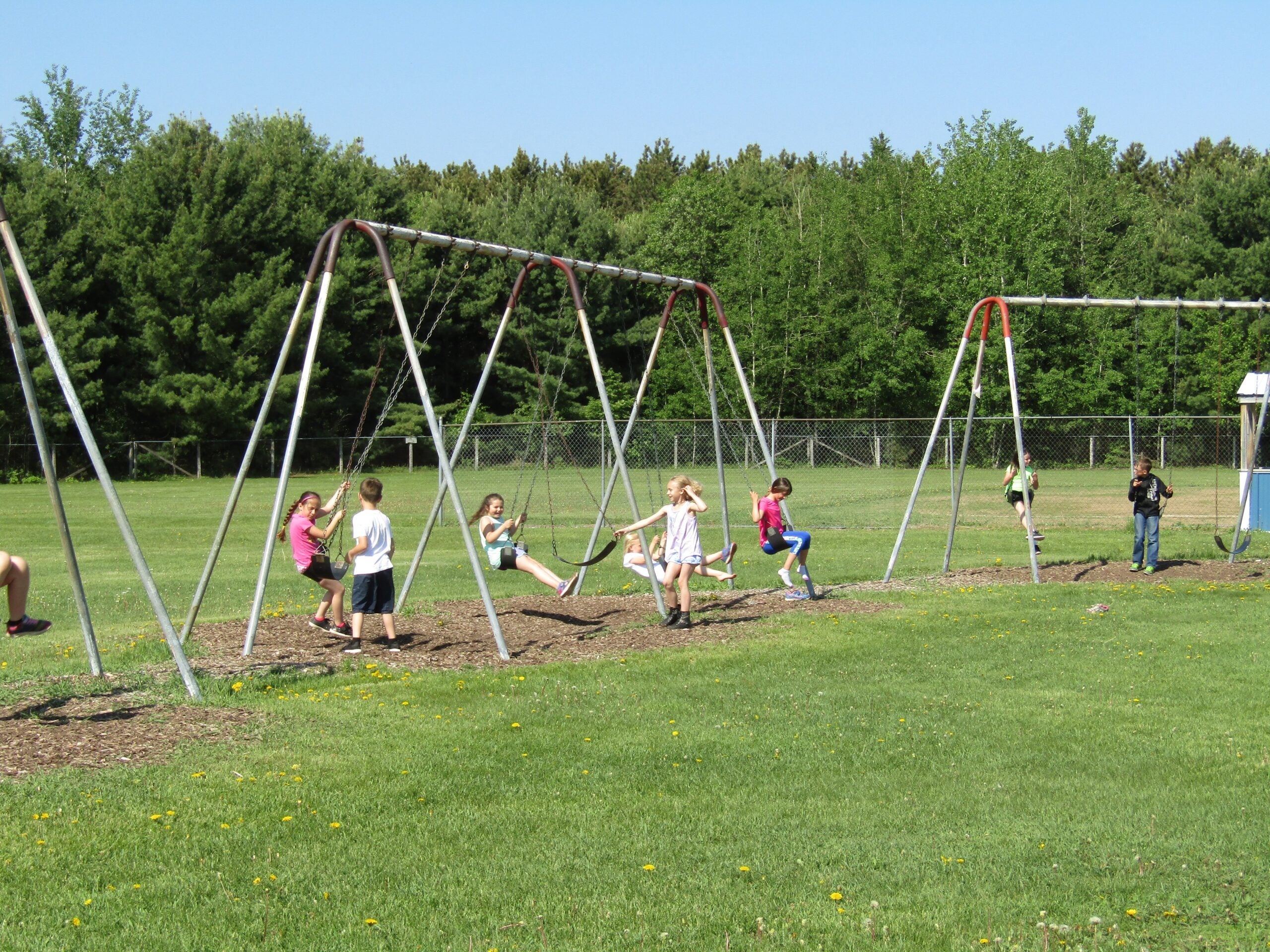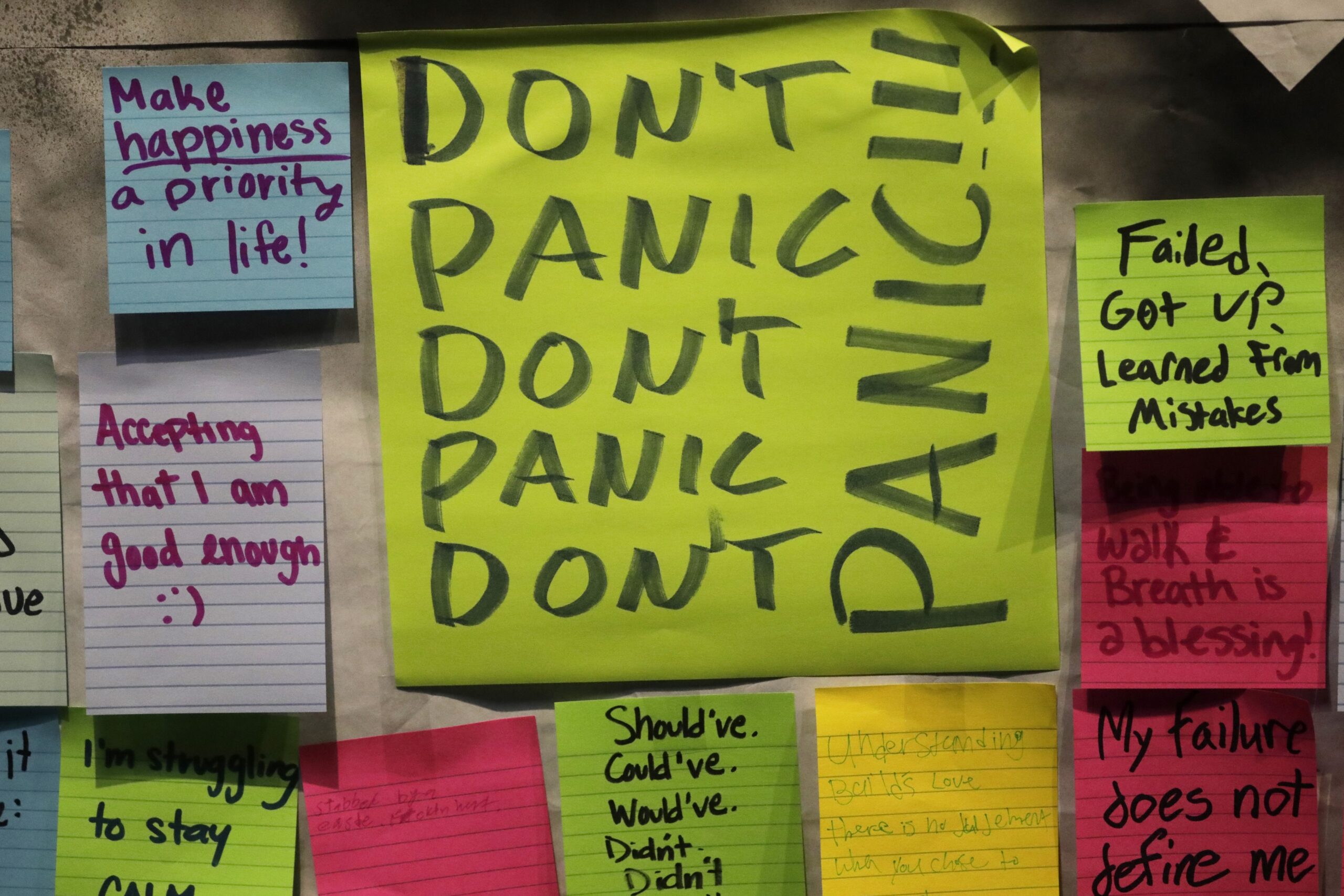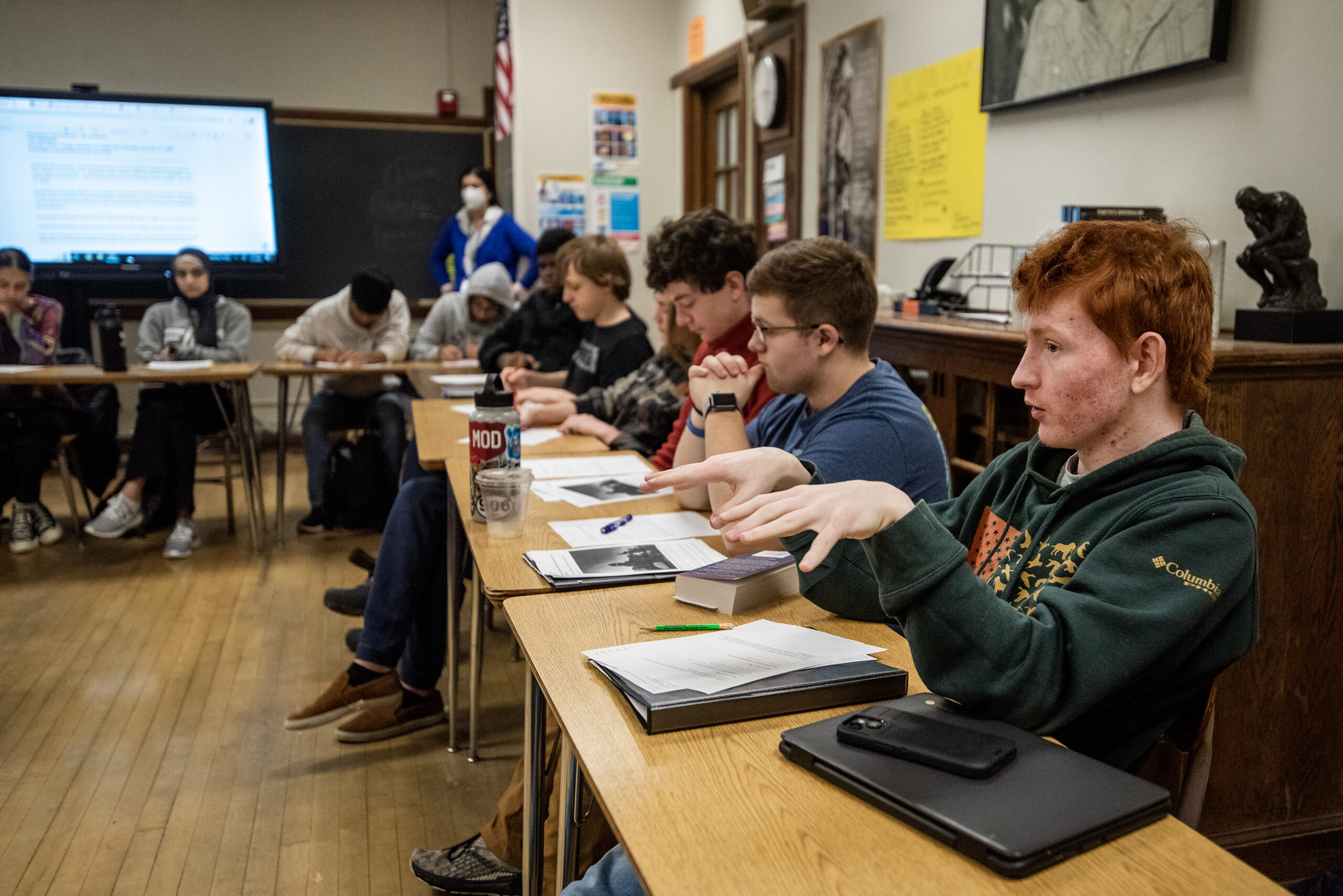As COVID-19 has surged in Wisconsin, with week after record-breaking week of new positive tests, deaths and hospitalizations, some health departments have said it’s time to keep students home.
However, only some school districts in those counties are doing so.
When districts created their reopening plans for the fall, many warned that those plans could change. District administrators and school boards reserved the right to quickly move students back to learning from home, based on how many students were positive or had been exposed, how many teachers and substitutes were available to teach in person, and the recommendations of county health departments.
News with a little more humanity
WPR’s “Wisconsin Today” newsletter keeps you connected to the state you love without feeling overwhelmed. No paywall. No agenda. No corporate filter.
The Iowa County Health Department recommended on Monday that schools move at least their middle- and high-school students to virtual learning through Dec. 4. County-wide, many more people are testing positive, putting a strain on the area’s health infrastructure. The county’s dashboard tracking different indicators to help determine whether schools can operate safely shows half the markers in the red, or “reduced capacity” area.
Of the county’s five public school districts, four have switched to all-virtual instruction because of their concern about the unchecked spread of COVID-19. Barneveld, Mineral Point and Dodgeville are all-virtual at least through Nov. 30, while Iowa-Grant switched to distance learning on Tuesday with the intention of resuming in-person instruction next week. The Highland School District doesn’t have information on its website about any plans to close, and did not respond to a phone inquiry, but the district did switch to virtual learning for a week after Halloween.
“It’s, of course, never an easy decision — we all want the students to be here at school. We know it is what’s best for them both academically and socially and emotionally,” said Barneveld Superintendent Joseph Price. “But, ultimately, we have to look out for the greater community as well.”
Price said Barneveld made the call to teach children from home all month about 30 minutes before the county health department issued its recommendation. He and other district leaders looked at the county’s dashboard on Saturday morning, and that, combined with projections they’ve been getting about what the next several weeks will look like, pushed them to close their doors through the end of the month.
The upcoming holidays were also part of Barneveld’s consideration, he said. They’d been thinking about going virtual the week after Thanksgiving, knowing many people would spend time with their families and could potentially pick up or pass on COVID-19 at those gatherings. By switching to virtual instruction several weeks before the holiday, he hopes families will be better able to isolate and take precautions before seeing family members.
“If we do our part now, then we can do that with a little more safety,” he said.
In Kenosha County, meanwhile, school districts have been more reluctant to go virtual. The Kenosha County Board of Health recommended on Tuesday that schools close from Nov. 23 through early January, based on high numbers of positive cases, deaths and hospitalizations within the county.
But the Kenosha Unified School District, the largest district in the county and one of the biggest school districts in the state, plans to move forward with in-person instruction anyway.
“We will continue with the Return 2020 plan so our students may continue learning virtually or in person in an environment we have worked to make safe with procedures in place that allow us to adjust learning models when necessary on a case-by-case basis,” Kenosha spokesperson Tanya Ruder said in an email, referring to the district’s reopening plan for this fall. “While not perfect, we believe it has a far less negative impact on our students and their families than forcing all to become virtual learners for six weeks.”
At Tuesday’s board of health meeting, Division of Health director Jen Freiheit acknowledged that the district hadn’t seen massive outbreaks, but did say she believes children have been carrying COVID-19 without symptoms and potentially spreading it beyond the school, according to WGTD.
Earlier this school year, KUSD had to close seven schools after 276 teachers called in sick.
The Kenosha Education Association, which represents teachers in the district, said in a Facebook post that the school district was “endangering our entire community.”
Kenosha offered in-person learning to all its students this school year after initially planning for a virtual start, in response to outcry from parents who objected to virtual-only learning and over the concerns of teachers.
Another Kenosha County district, Bristol School District #1, sent a letter out to families saying its intention at this point is to remain open, though “serious consideration has been and will continue to be given” to Freiheit’s recommendation. David Milz, the district administrator, said in the letter that the Division of Health’s recommendations will be discussed in next week’s Board of Education meeting.
Wisconsin Public Radio, © Copyright 2026, Board of Regents of the University of Wisconsin System and Wisconsin Educational Communications Board.




